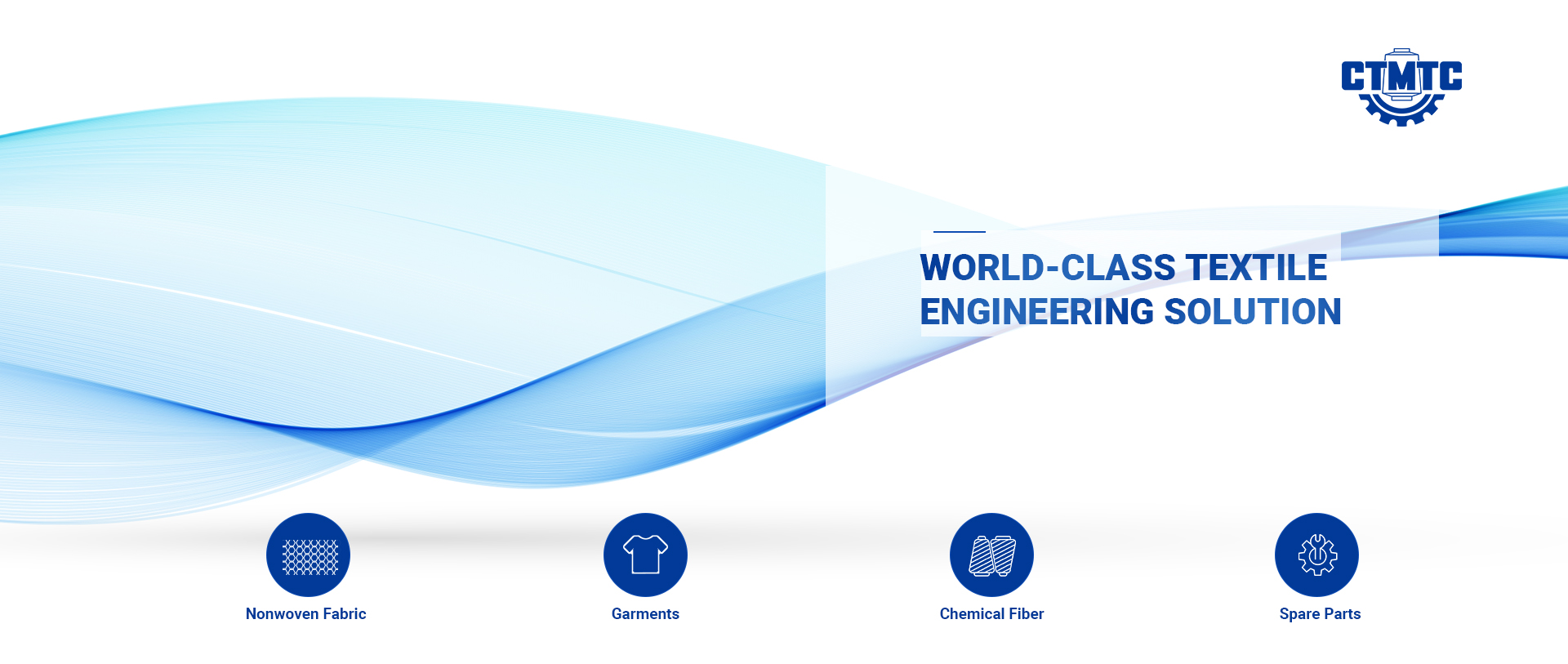While glass was the main bottle material in the last century, since the late 1980s, PET has been increasingly preferred by manufacturers and consumers. These “polyester” bottles have the unique advantage of being lightweight and virtually unbreakable. However, success brings with it new challenges associated with the annual recycling of billions of discarded bottle.
Turning used bottles into usable raw materials requires a long and complex process chain. It all starts with collecting bottles and pressing them into bales. After that, the bales are opened, sorted and crushed. The resulting flakes are washed (cold and hot) and separated from the polyolefin from the lid and liner. After drying and separating the metal, the flakes can be packed into silos or large bags. A new cycle begins.
One of the main processes for obtaining recycled polyester is the spinning of short fibers, which can be used, for example, in spinning, textile fillers or nonwovens. These applications are well established, with woolen shirts and shawls being prime examples.
In addition, the collection and recycling of plastic bottles is increasing worldwide due to a number of factors. So it’s time to explore new end-use options for recycled PET.
PET fibers offer many advantages when used in carpets, including high stain resistance, even better than chemically treated PA BCF. In addition, PET can be molded undyed, while PP cannot. The undyed yarn can be twisted, heat-set, dyed and stitched, or the finished carpet can be printed.
The production of continuous filaments from R-PET is also more challenging than the production of short fibers. In filament spinning, the quality of the yarn is determined by the homogeneity of the raw material. The recovered flakes are a destabilizing factor and small deviations in quality can lead to an increase in broken wires or broken wires. Also, differences in flake quality can affect the color absorption of the yarns, resulting in streaks on the finished carpet.
The washed P-PET flakes are dried and cleaned in a reactor, melted in an extruder and then passed through a large area filter of varying fineness. The high-quality melt is then transferred to the spinning system. High-quality spinning packs, double-hull pull rolls, HPc texturing systems, and four-wheel drive winders form the yarns and wind them onto spools. According to the manufacturer, the industrial production line is already successfully operating in Poland.
Post time: Sep-13-2022

